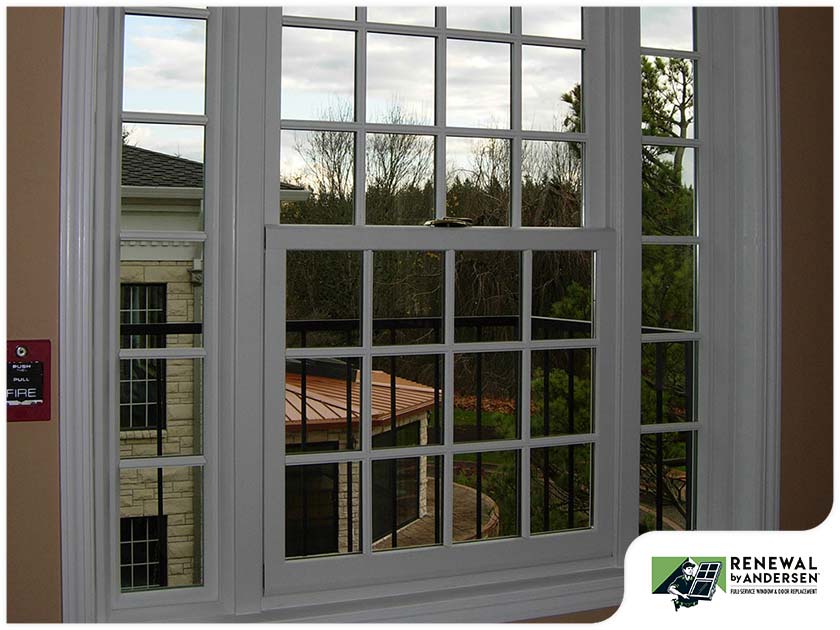

Mullions and muntins — these are two terms often associated with windows. Many people think of them as being one and the same, but in reality, there are some key differences between the two. Renewal by Andersen® of Long Island, your go-to source for high-quality casement and sliding windows, explains further.

The word “muntins” is often connected to windows, but it can also refer to the vertical dividers found in doors, furniture and wood panels. These components allow weight to be transmitted vertically, especially if the outer walls of a structure aren’t capable of carrying the weight of the large windows placed on them.
Muntins in replacement windows are the horizontal and vertical bars used to visually separate the glass into lites. The addition of muntins is also to establish depth to resist wind loads that can cause glass joints to weaken.
Mullions, meanwhile, are seen exclusively in windows and doors. Like muntins, they act as supporting features. You can think of them as heavier elements that divide larger window frames. At times, they may also appear to create two windows even when there’s actually a single window.
Mullions divide the window glass into smaller blocks, which helps to minimize the actual size of the window or door unit. In addition to that, they can also help in transporting the replacement window units to the jobsite and installing them successfully without causing any damage.
Do you need to install new windows? Reach out to Renewal by Andersen of Long Island. Our experienced design consultants and installers can guide you through the windows installation process and ensure a smooth and hassle-free replacement project.
To learn more about our full selection of replacement windows, give us a call today at (855) 728-1756 or fill out our contact form to schedule your free, no-obligation consultation. We proudly serve homeowners in Massapequa and the surrounding communities.